The Leica CL is the latest mirrorless camera from the premium German manufacturer. It is a compact camera with a 24MP APS-C sensor, built-in EVF, touch LCD screen. Any Leica TL and SL lenses would work on this camera and you can also attach Leica M and Leica R mount lenses onto the camera using the corresponding adaptor.
The Leica CL has the typical Leica style design, it’s clean and simple. The rangefinder style CL only one button at the front, three buttons + directional pad at the back. And at the top of the camera, there are two dials with an integrated button inside each dial which I think is a fantastic design. There is also the power switch with the shutter button on top of it. And that’s pretty much all the buttons you can find on the camera. This is dramatically different to most mirrorless cameras in the market these days which have at least one or two dozens on the body,
Apart from the battery and memory card at the bottom of the camera, there isn’t any other input or output ports. No USB, HDMI, mic, headphone ports at all. But it does have Wifi connection so you can download photos to your smartphone or remote control from your smartphone easily.
Now while I really like the design of the twin dials and the little LCD screen at the top as it just look very nice and elegant. I’m not too sure about the other side where the EVF and hot shoe mount extrudes quite a bit above the top plate. I understand it is paying tribute to the old Barnack Leica screw mount rangefinder camera, but I don’t know if the more modern CL design is really suitable for that. I have to admit the design has started to grow on me after using the camera for a week, so maybe give it a bit of time, I’ll change my mind. Maybe.
Image from Leica
I’ve read a few reviews that complains about the camera interface. Personally I don’t really find it to be an issue at all. Yes it’s true the user interface is quite simple, doesn’t offer you an extensive list of options and adjustability when you compare it to other brands. But this is how Leica always do and this is what makes Leica Leica in my opinion. You may like it or you may not, but I definitely see a lot of benefits with a more simple and smaller menu system.
I spent a bit of time to figure out how the customise functions work and set it up. But once it’s all done then it works quite well.
Leica CL has a contrast detection based autofocus system. While it may not be as snappy as the latest Panasonic cameras and does struggle a little bit when shooting under very low light, for most kind of everyday photos it works pretty well and the autofocus speed is fast enough.
One of the evening, I was walking in the city and taking photos with the Leica CL. It was quite dark already and I was shooting at f/1.4 with the 35mm Summilux-TL lens. Suddenly a couple saw me taking photos and starting posing to me but at the same time walking away from me. So I just point the camera towards them and snapped the photo below. The camera acquired the focus relatively quickly and accurately. If I was shooting with my Leica M, especially if I was shooting at f/1.4, there is no way I could manual focus fast and accurate enough and I would not be able to capture this photo.
 Leica CL | Leica Summilux TL 35mm f/1.4 ASPH | ISO 1000 f/1.4 1/60s
Leica CL | Leica Summilux TL 35mm f/1.4 ASPH | ISO 1000 f/1.4 1/60s
The Leica CL also offer a number of different AF mode. Just like the Leica Q, the Leica CL also has a touch enabled LCD screen and you can turn on the touch screen autofocus feature and tap on the screen to autofocus/shoot easily so you can hand the camera to anyone and trust they would know how to take some photos using the CL.
The camera’s build quality is very good, as you would expect from a premium Leica camera. When you hold it in your hands, you know you are holding a very solid and high quality camera. But I do feel the Leica M and Leica Q has slightly more premium feel when compare to the smaller and less expensive CL.
EVF
One of the biggest difference between the Leica CL and the TL2 is that the CL has a 2.36Mdots electronic viewfinder (EVF). While it’s not quite the same as the Leica SL’s huge 4 MP EVF, it’s still a really nice EVF with great colours and very minimal lag. If you love shooting with EVF, you would enjoy shooting with CL’s EVF.
Video Mode
The camera can record video at up to 4K resolution. The 4K video output is surprisingly nice and sharp and the CL can also record 1080P videos at 60fps. There is no mic input and strangely the frame rate is locked at either 30fps or 60fps (i.e. no 24,25fps option). The videos from the CL are definitely good enough for casual videographers but I don’t think any professional videographer would pick the CL as their main video camera.
The Leica CL has a 24MP APS-C sensor, which probably is the same sensor as the TL2. Image quality is very nice. With the TL lenses, the camera output photos with beautiful colours, sharp from centre to corner and very minimal CA. Even the JPGs straight out of camera look very nice and natural.
Below are some unedited Leica CL JPG samples.
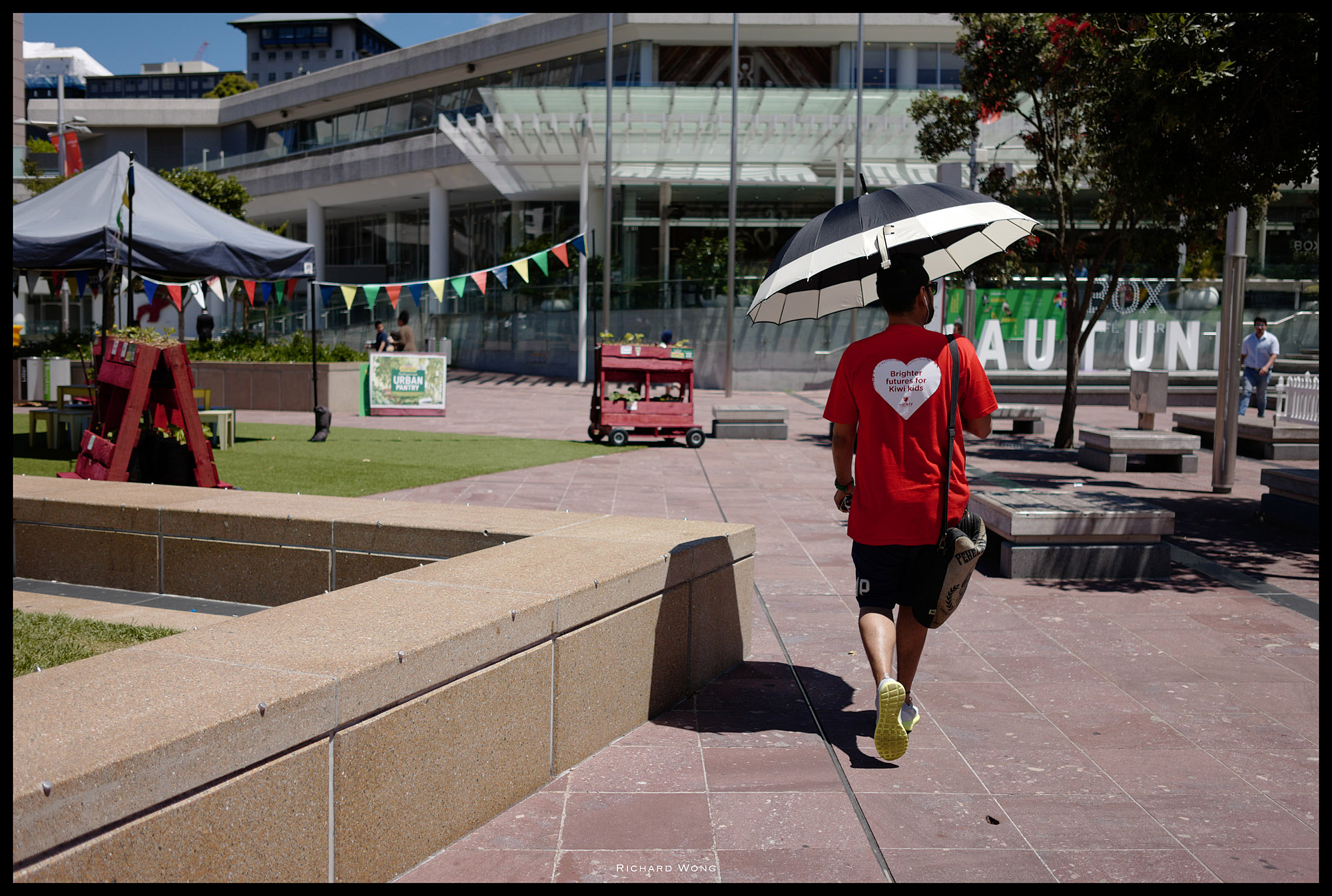 Leica CL | Leica Summicron TL 23mm f/2 ASPH | ISO 100 f/2 1/3200
Leica CL | Leica Summicron TL 23mm f/2 ASPH | ISO 100 f/2 1/3200
Unedited JPG straight out of camera
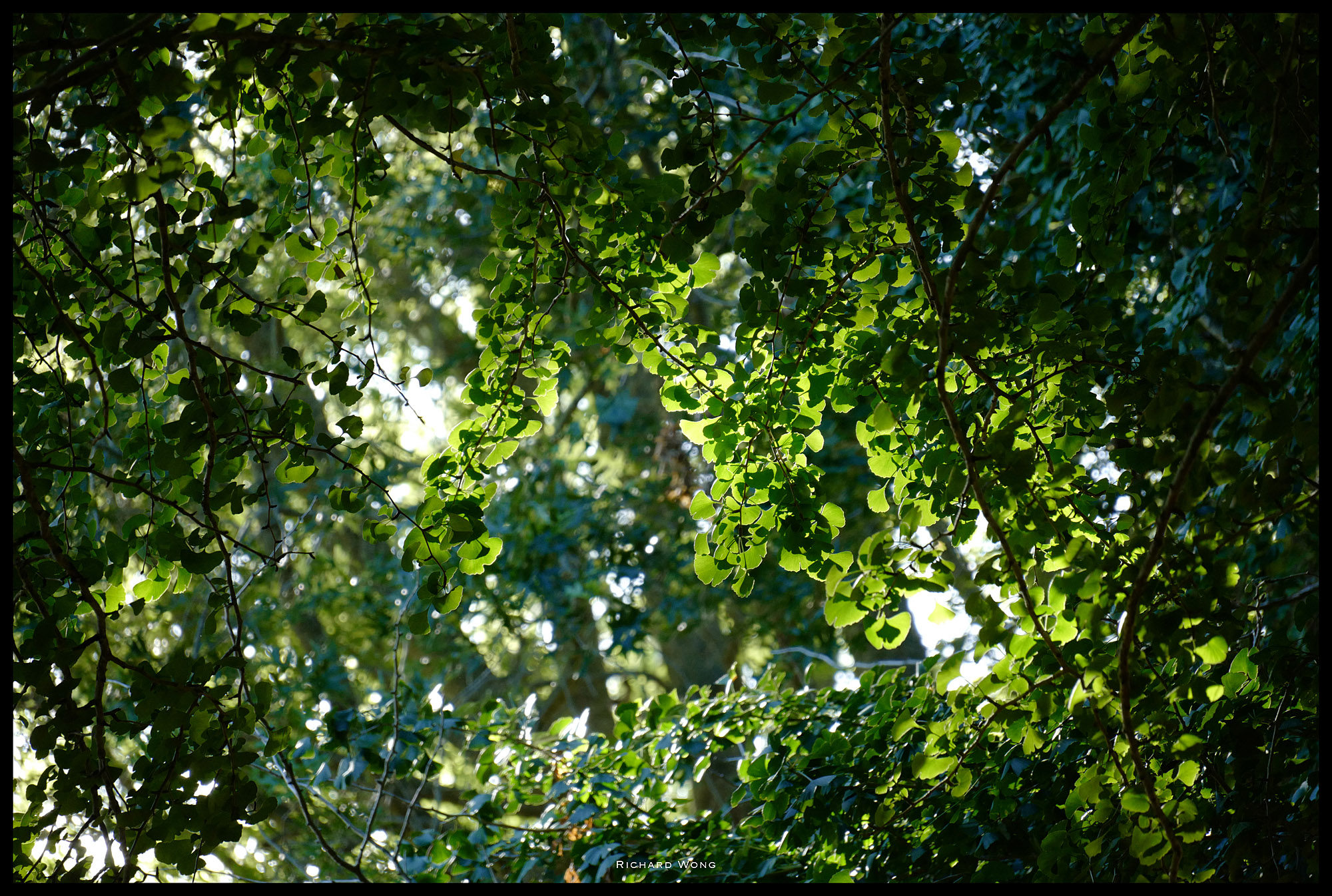 Leica CL | Leica Apo-Vario-Elmar-TL 1:3.5-4.5 / 55-135 ASPH. | ISO 1000 f/4.5 1/250
Leica CL | Leica Apo-Vario-Elmar-TL 1:3.5-4.5 / 55-135 ASPH. | ISO 1000 f/4.5 1/250
Unedited JPG straight out of camera
 Leica CL | Leica Summicron TL 23mm f/2 ASPH | ISO 100 f/2.8 1/5000
Leica CL | Leica Summicron TL 23mm f/2 ASPH | ISO 100 f/2.8 1/5000
Unedited JPG straight out of camera
 Leica CL | Leica Summicron TL 23mm f/2 ASPH | ISO 100 f/4 1/400
Leica CL | Leica Summicron TL 23mm f/2 ASPH | ISO 100 f/4 1/400
Unedited JPG straight out of camera
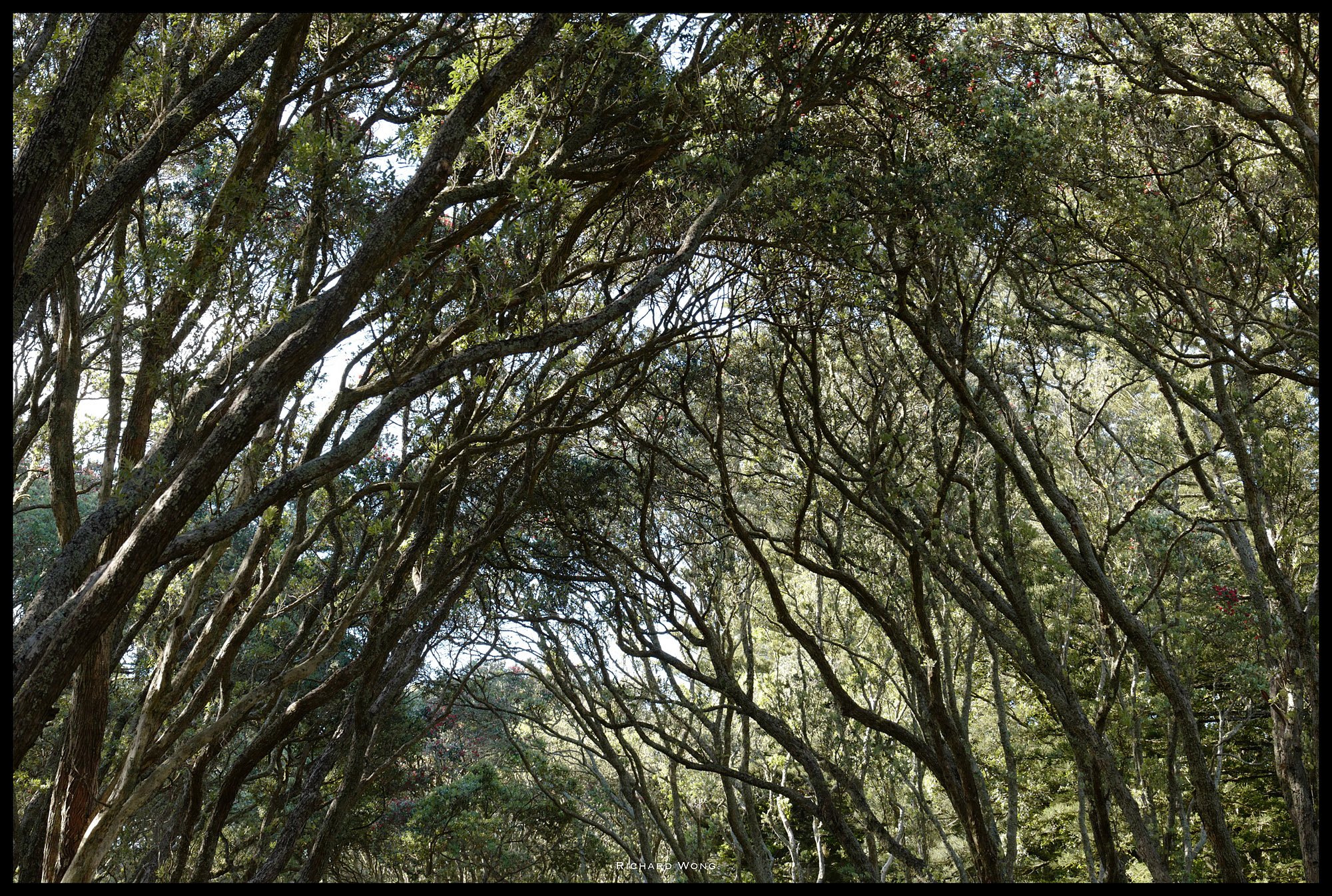 Leica CL | Leica Apo-Vario-Elmar-TL 1:3.5-4.5 / 55-135 ASPH. | ISO 500 f/6.3 1/125
Leica CL | Leica Apo-Vario-Elmar-TL 1:3.5-4.5 / 55-135 ASPH. | ISO 500 f/6.3 1/125
Unedited JPG straight out of camera
High ISO Performance
The 24MP APS-C sensor delivers very good high ISO performance. It delivers clean and very low noise image from base ISO all the way to ISO 3200. At ISO 6400 and 12500, the pictures are noticeably more noisy and image quality starts to degrade a bit but I would still rate them as very good and definitely useable. At ISO 25000, the image quality starting to drop quite a bit. You can see a lot of noise. Contrast and fine details are both significantly worse than ISO 12500. But I would still happy to shoot at ISO 25000 if I really have to. Maximum ISO 50000 is really for emergency use only. I can see a bit of banding, and the overall image quality is really quite bad at the maximum ISO.
But useable ISO25000 is really not bad at all for the APS-C sensor Leica CL.
Below are the RAW files converted to JPG at different ISO using Adobe Lightroom. Noise reduction is at default value. No settings were adjusted to improve the image quality.
Left: Full photo
Right: 100% crop at centre (noise reduction
The Leica CL can shoot at maximum burst speed of 10fps. The camera has both mechanical and electronic shutter. The mechanical shutter is not as loud as DSLR, but it is also nowhere as quiet as the Leica M’s near silent shutter as well. There were quite a few times when I was taking photos on the street and people noticed me purely because they heard the camera’s shutter noise. So I switch to the electronic shutter when I don’t want to attract any attention.
The Leica CL doesn’t have in-body image stabiliser and none of the current TL lenses has optical image stabiliser as well. However CL’s lens mount does support stabilised lens as you could mount any of the stabilised SL lens and the stabilisation would work. I’m guessing we’ll see some stabilised TL lenses in the near future.
Conclusions
The Leica CL and Leica M may look a bit similar, but they are actually very different kinds of cameras and offers you completely different shooting experience.
Don’t mistaken the Leica CL as a mini or entry model Leica M camera.
The Leica M cameras are for purist photographers who want to have manual control of pretty much every setting and would be happy to slow down the whole shooting process to enjoy the process of capturing every photo. The Leica CL is a much more modernised and faster camera. With the autofocus system, built-in EVF, 10fps burst speed, touch screen control, 4K video recording..etc, the CL is technically a much better camera for everyday use.
As much as I love shooting with my Leica M, manual focusing really isn’t suitable for every type of photo and also not suitable for everyone. It’s good to see Leica is expanding it’s lineup and creates more modern cameras systems. With the CL, Leica now has the SL, CL and TL mirrorless cameras that covers the whole spectrum of photographers, from professional to advanced and casual photographers.
The Leica CL camera and TL mount in general is still a very young system so frankly I think there are a few things Leica could improve in their future models. But while it’s not a perfect camera, the CL is already the most versatile camera among the whole Leica camera lineup. And combined with the Leica TL lenses, the CL delivers really high image quality that is what Leica users cares the most.
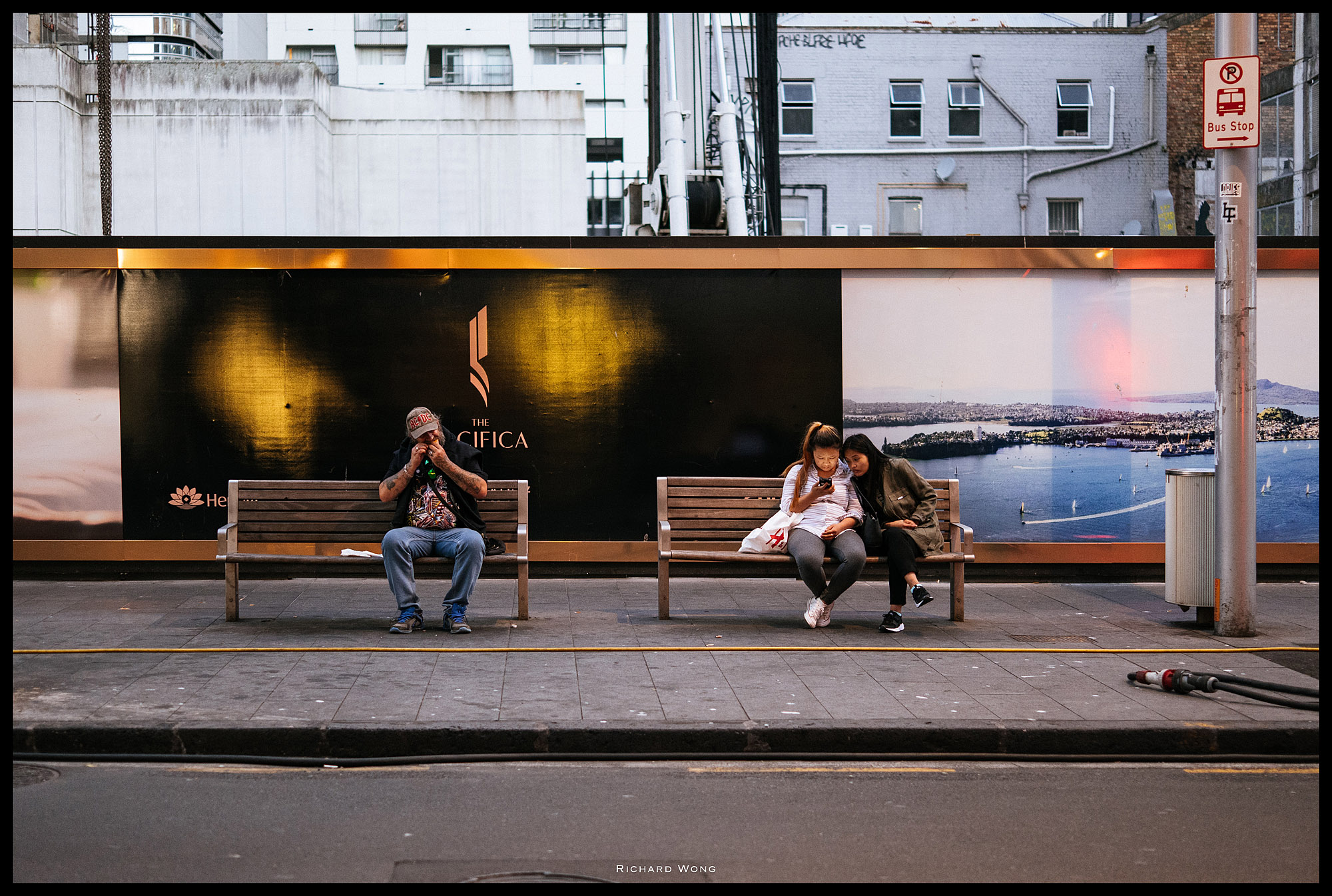 Leica CL | Leica Summilux TL 35mm f/1.4 ASPH | ISO 1250 f/1.4 1/60s
Leica CL | Leica Summilux TL 35mm f/1.4 ASPH | ISO 1250 f/1.4 1/60s
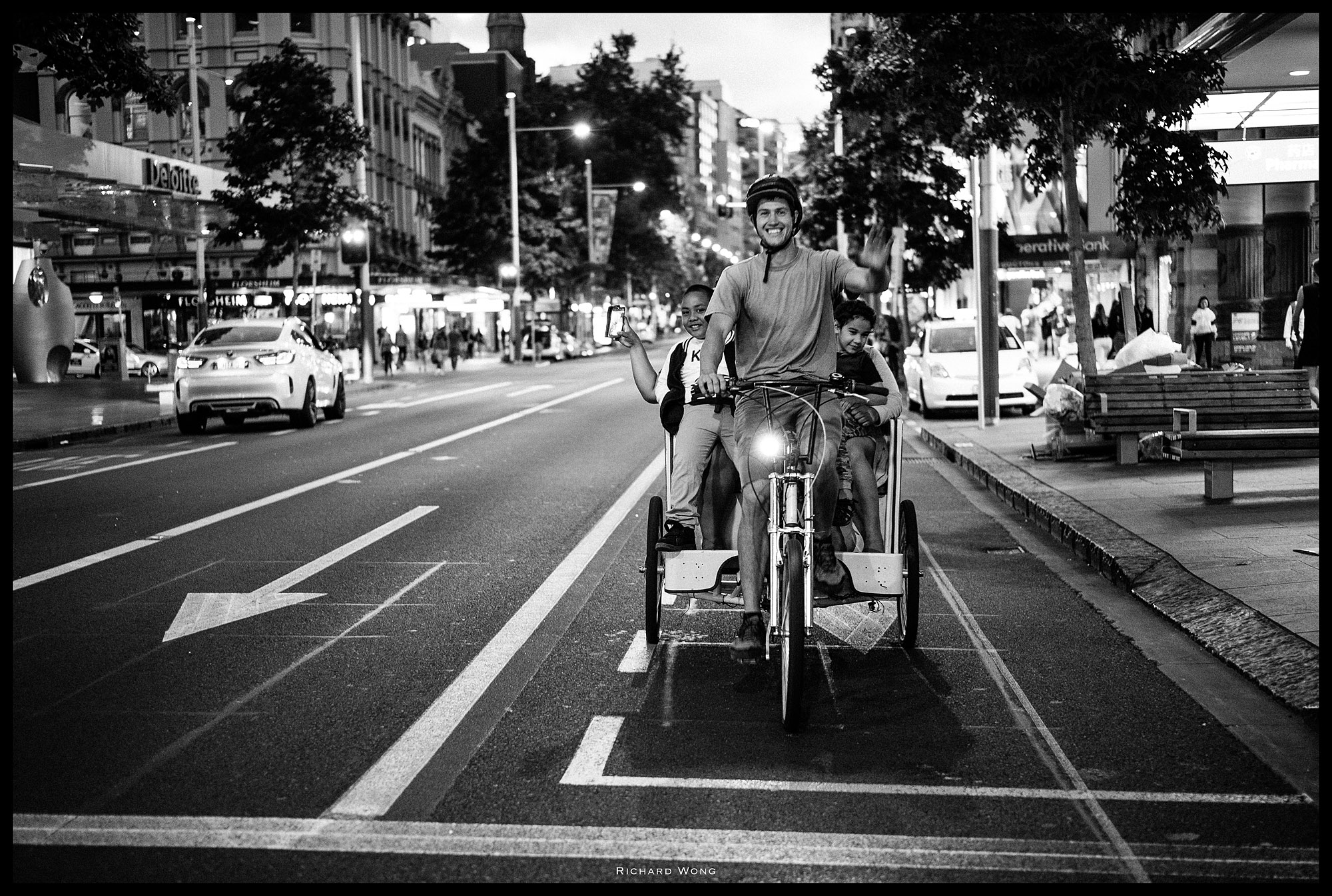 Leica CL | Leica Summilux TL 35mm f/1.4 ASPH | ISO 1600 f/1.6 1/60s
Leica CL | Leica Summilux TL 35mm f/1.4 ASPH | ISO 1600 f/1.6 1/60s
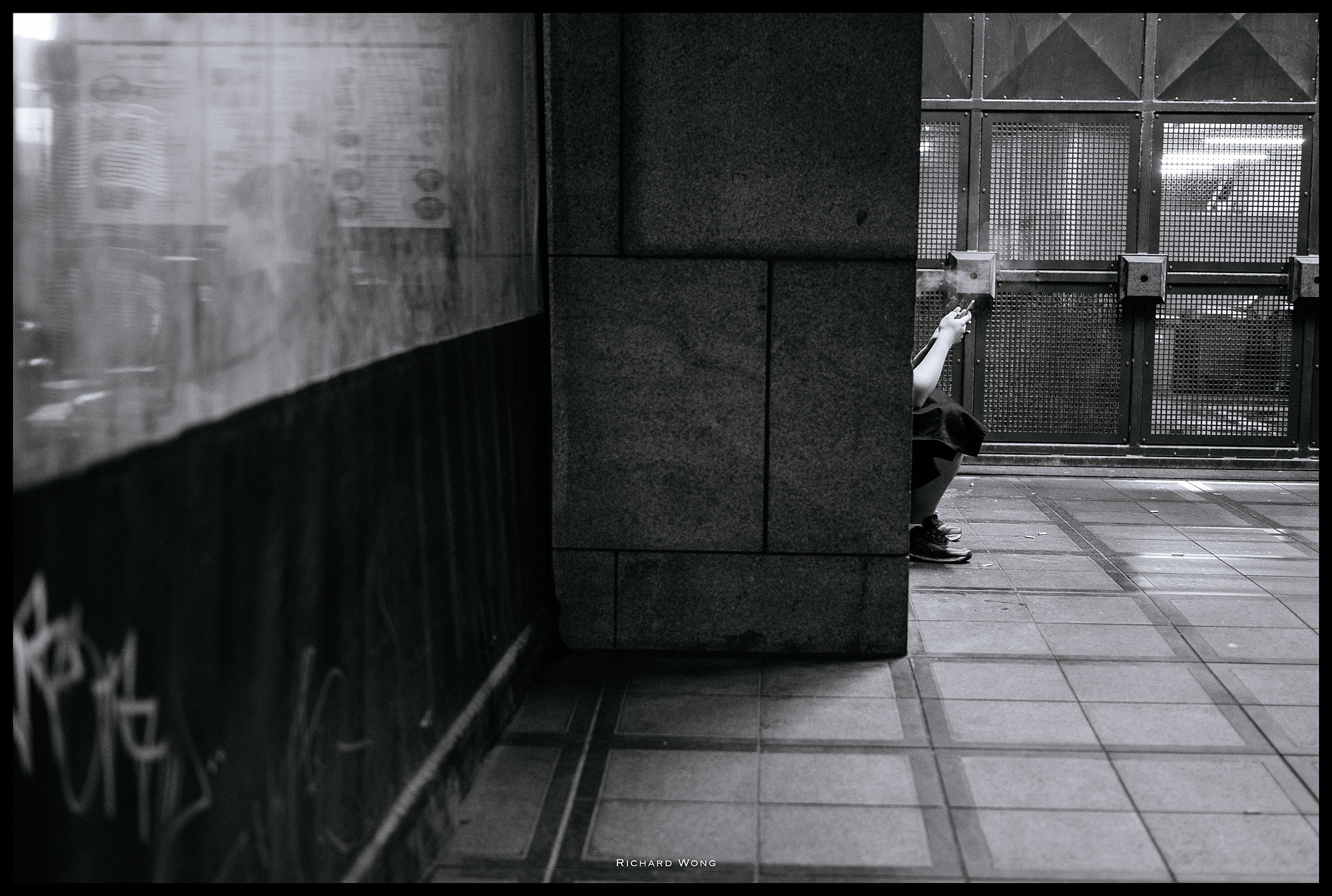 Leica CL | Leica Summilux TL 35mm f/1.4 ASPH | ISO 1250 f/1.4 1/60s
Leica CL | Leica Summilux TL 35mm f/1.4 ASPH | ISO 1250 f/1.4 1/60s
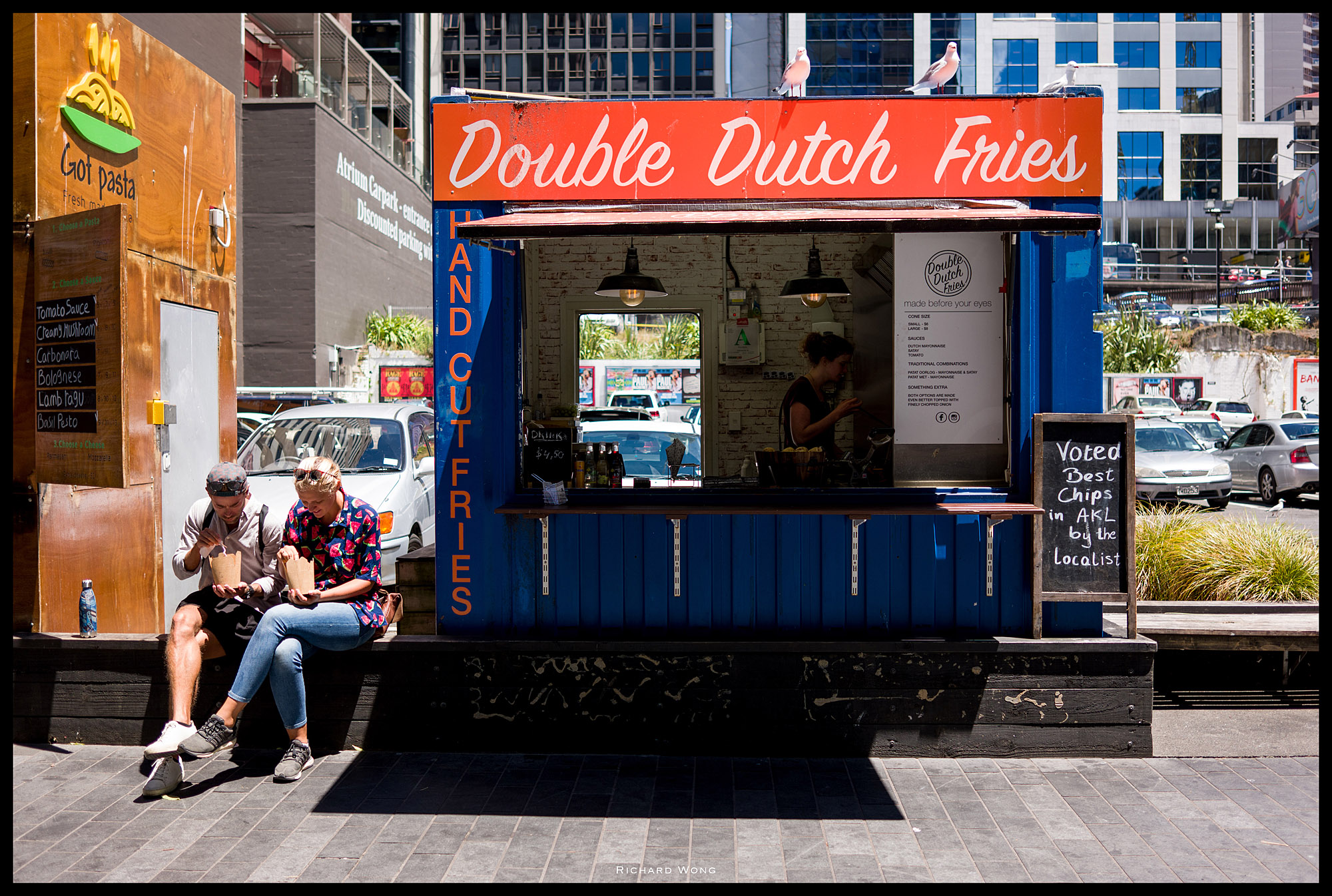 Leica CL | Leica SummicronTL 23mm f/2 ASPH | ISO 100 f/2 1/1000s
Leica CL | Leica SummicronTL 23mm f/2 ASPH | ISO 100 f/2 1/1000s
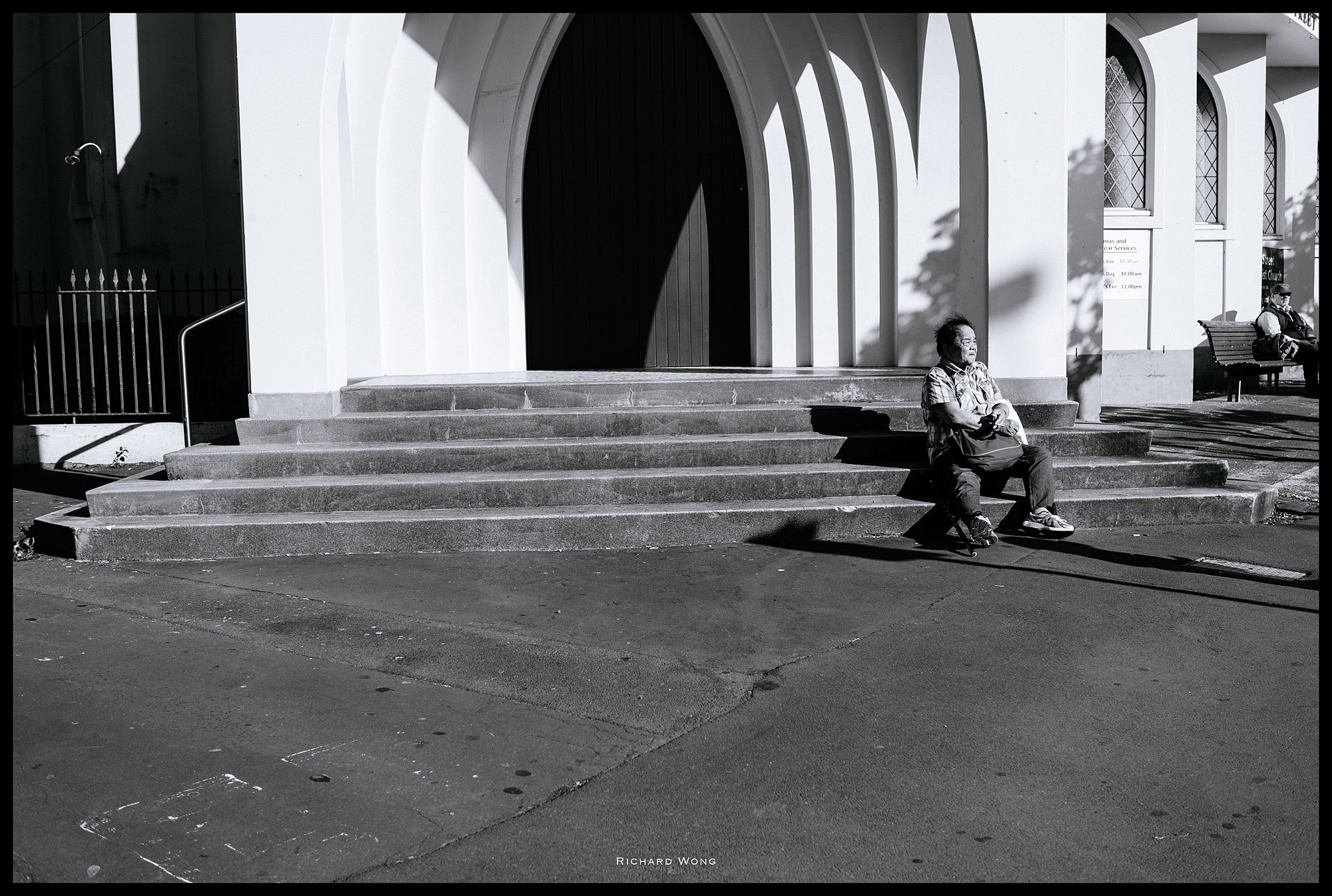 Leica CL | Leica Summilux TL 35mm f/1.4 ASPH | ISO 100 f/2.8 1/1600s
Leica CL | Leica Summilux TL 35mm f/1.4 ASPH | ISO 100 f/2.8 1/1600s
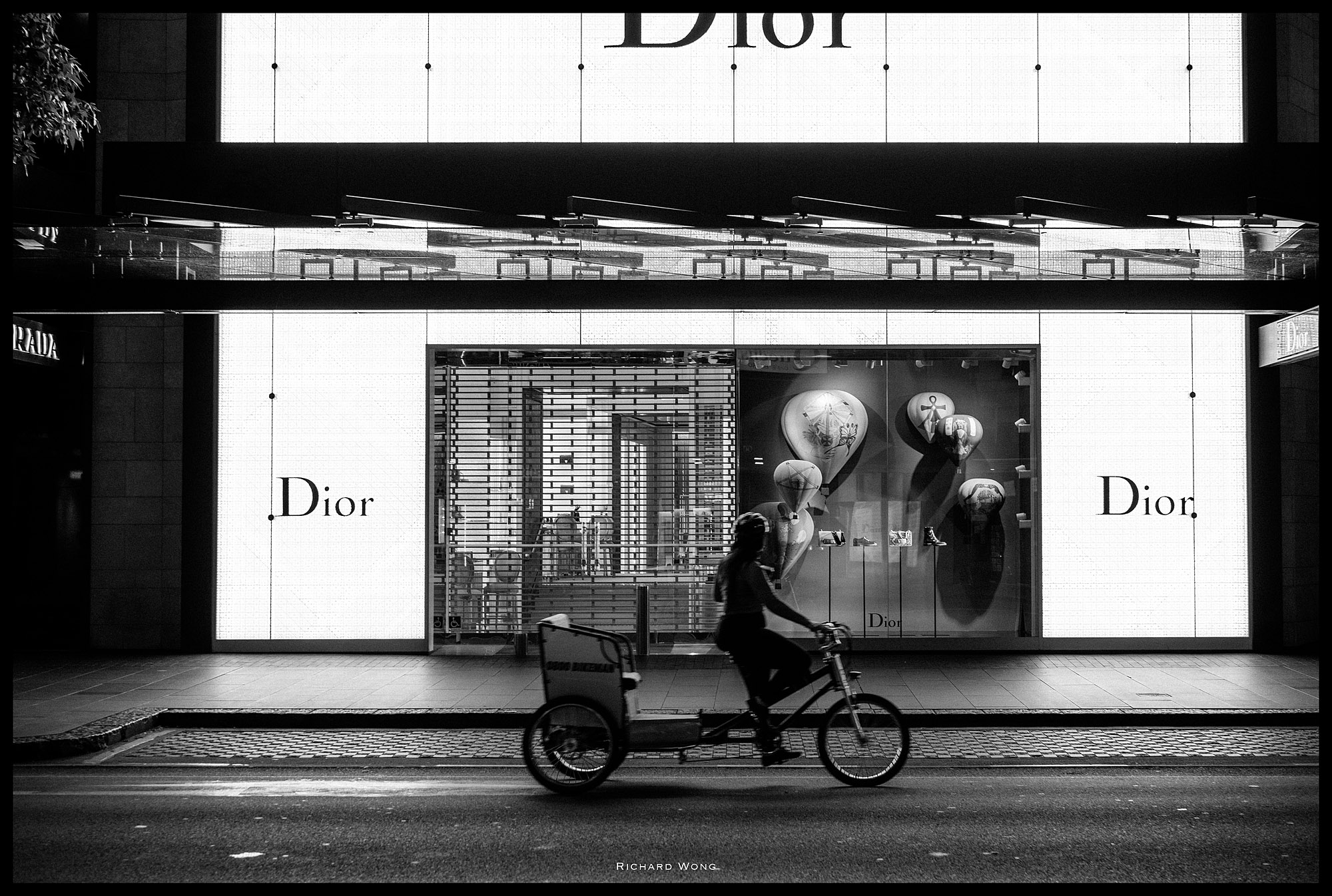 Leica CL | Leica Summilux TL 35mm f/1.4 ASPH | ISO 100 f/2.8 1/60s
Leica CL | Leica Summilux TL 35mm f/1.4 ASPH | ISO 100 f/2.8 1/60s
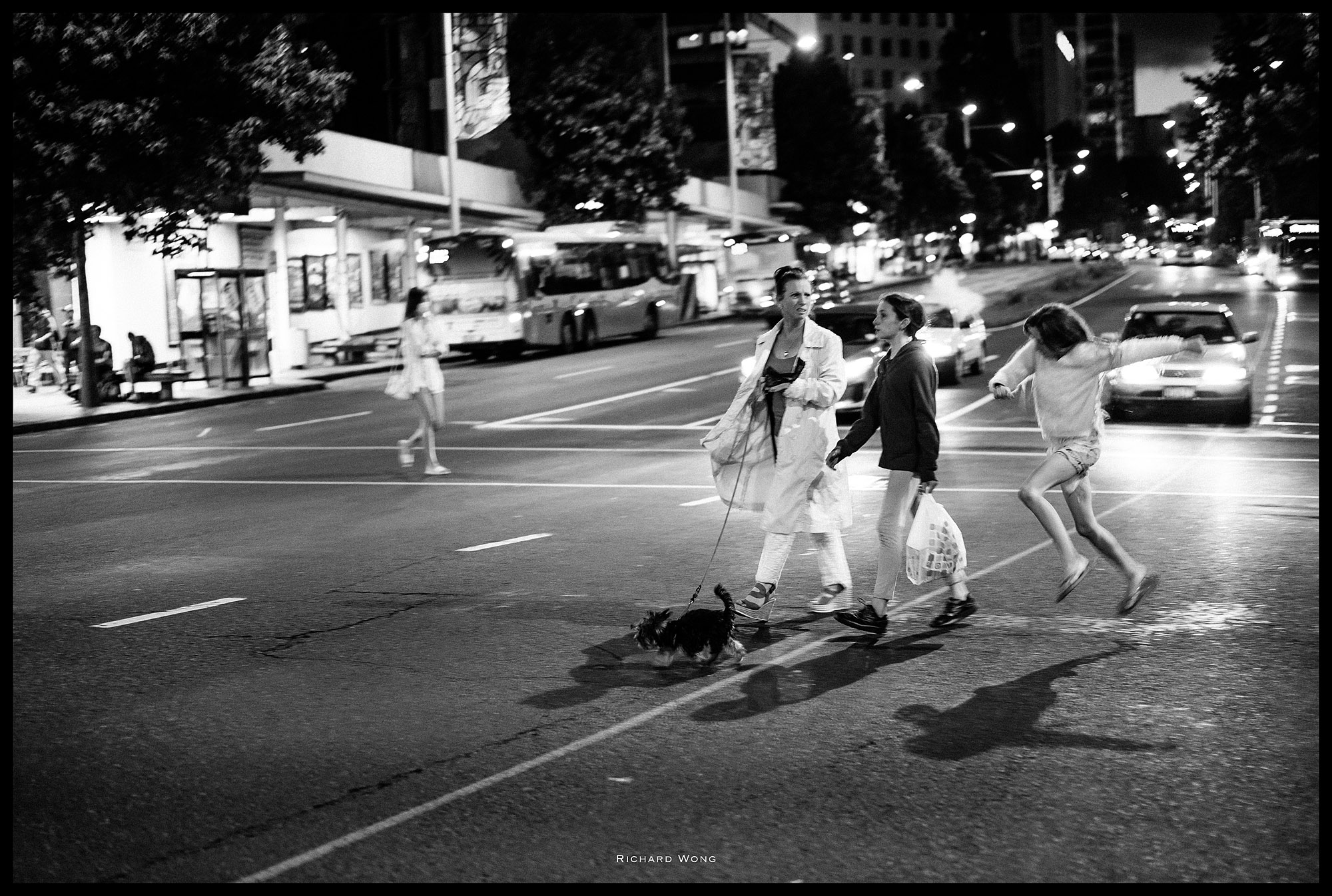 Leica CL | Leica Summilux TL 35mm f/1.4 ASPH | ISO 800 f/1.4 1/60s
Leica CL | Leica Summilux TL 35mm f/1.4 ASPH | ISO 800 f/1.4 1/60s
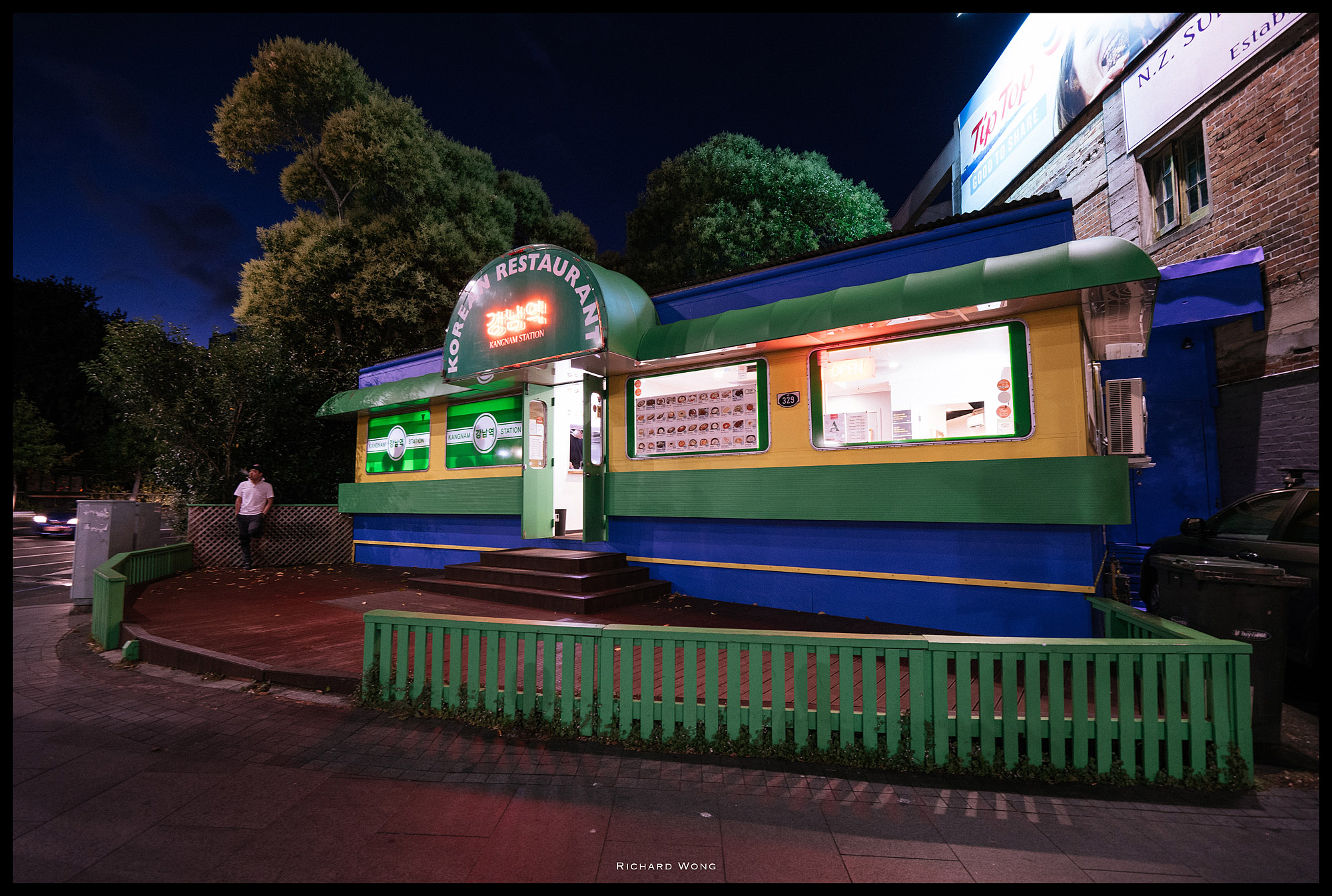 Leica CL | Leica Super-Vario-Elmar-TL 1:3.5-4.5 / 11-23mm ASPH | ISO 640 f/3.5 1/6s
Leica CL | Leica Super-Vario-Elmar-TL 1:3.5-4.5 / 11-23mm ASPH | ISO 640 f/3.5 1/6s
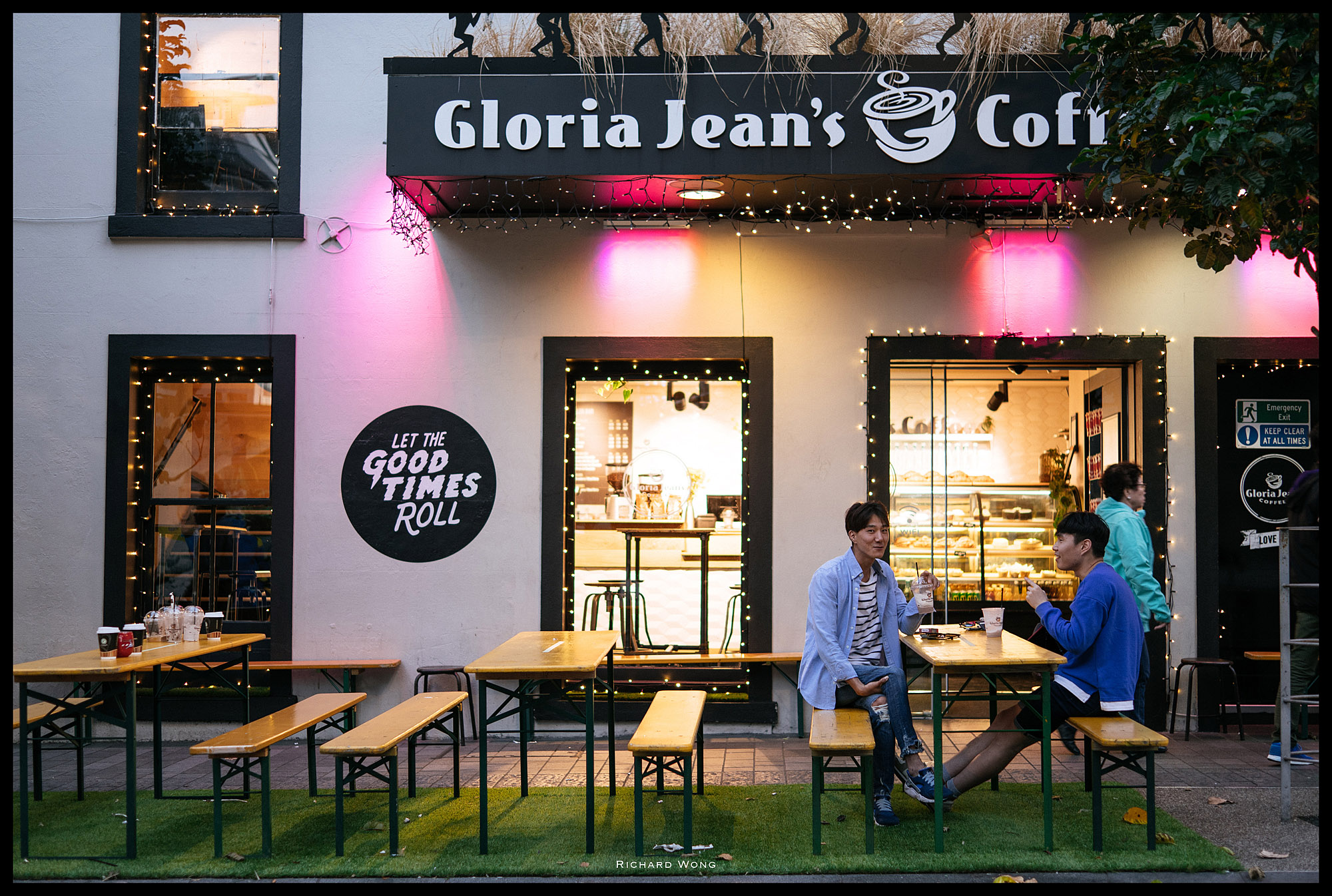 Leica CL | Leica Summilux TL 35mm f/1.4 ASPH | ISO 100 f/1.4 1/60s
Leica CL | Leica Summilux TL 35mm f/1.4 ASPH | ISO 100 f/1.4 1/60s
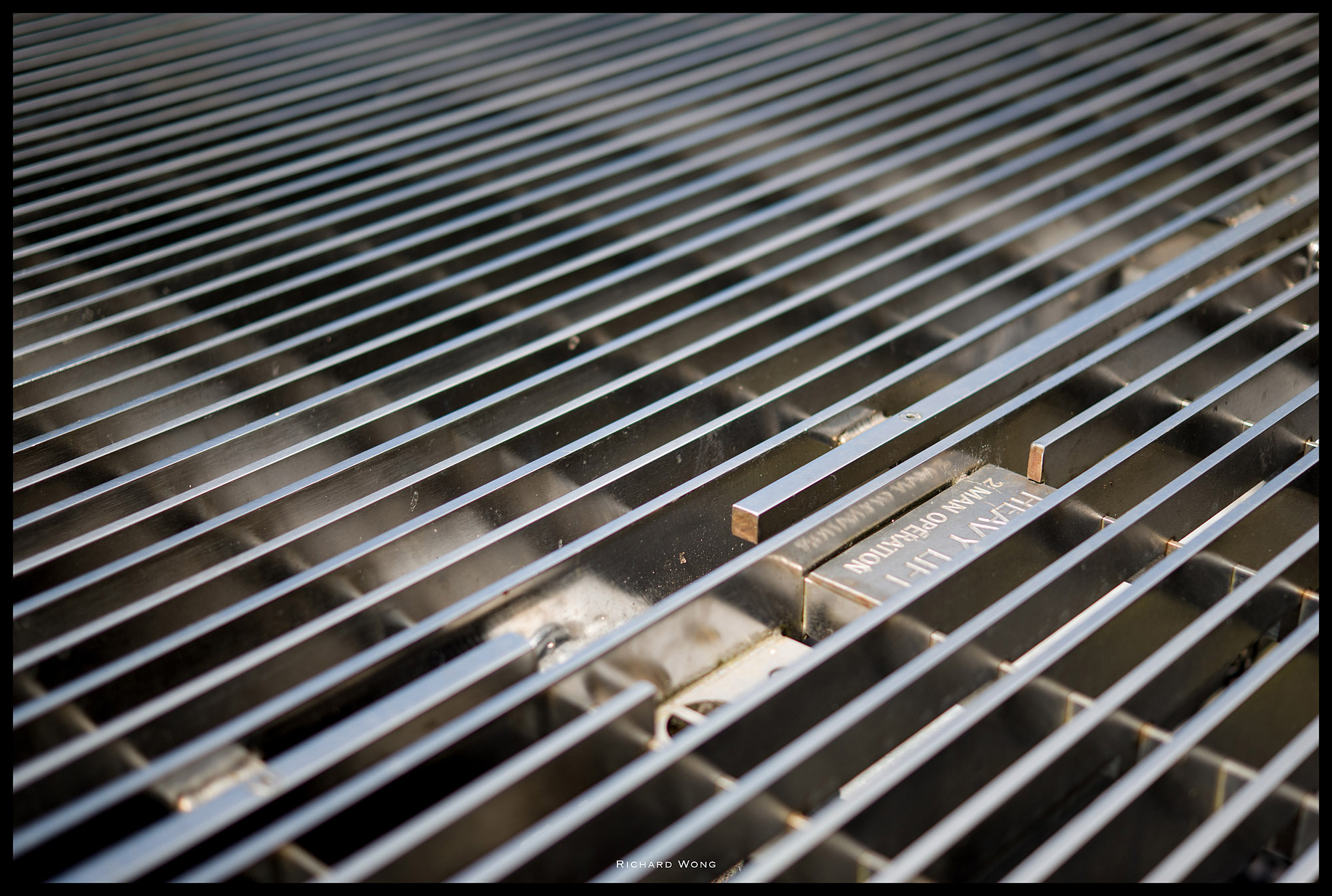 Leica CL | Leica Summilux TL 35mm f/1.4 ASPH | ISO 100 f/1.4 1/3200s
Leica CL | Leica Summilux TL 35mm f/1.4 ASPH | ISO 100 f/1.4 1/3200s
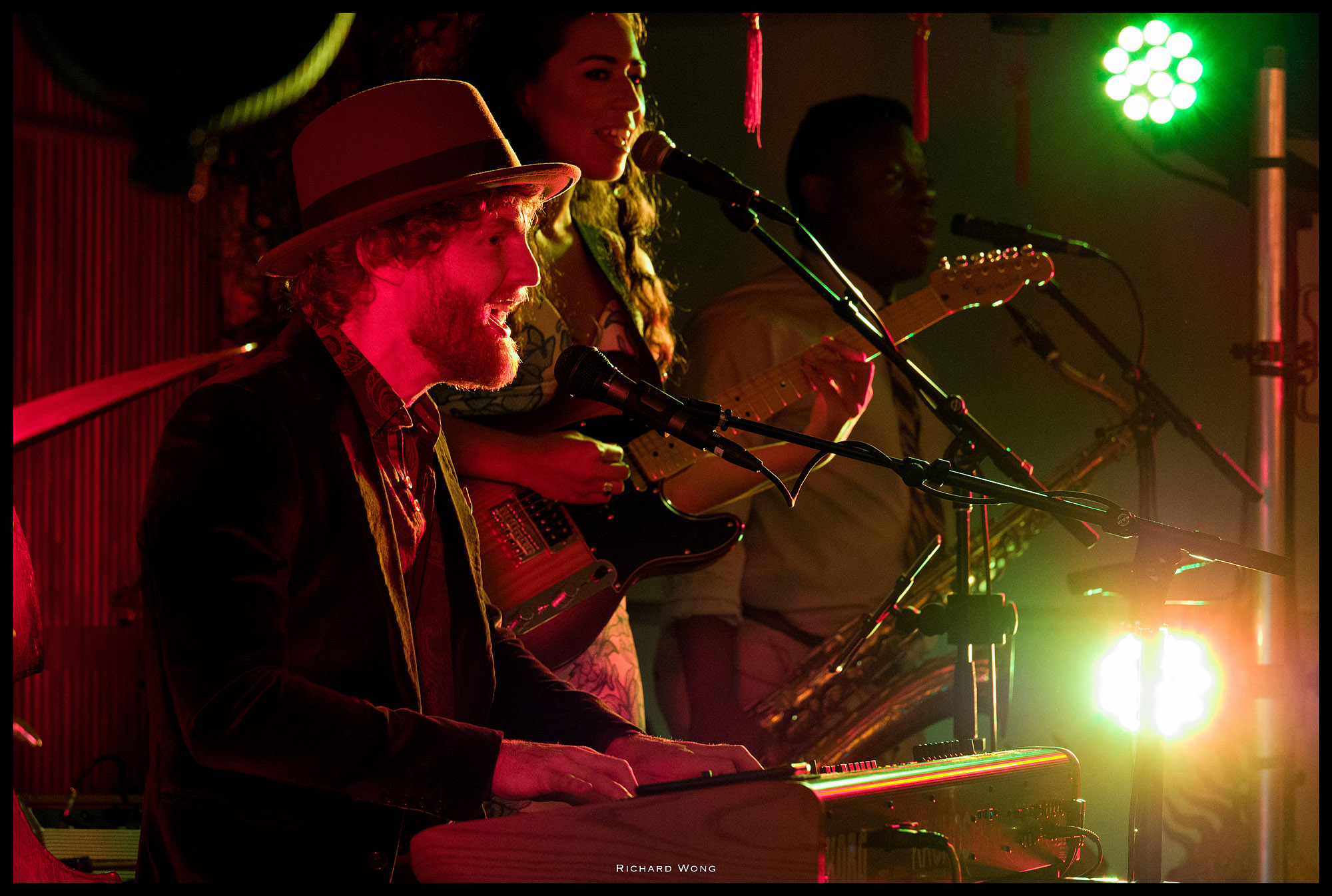 Leica CL | Leica Apo-Vario-Elmar-TL 1:3.5-4.5 / 55-135mm ASPH. | ISO 3200 f/4.4 1/160s
Leica CL | Leica Apo-Vario-Elmar-TL 1:3.5-4.5 / 55-135mm ASPH. | ISO 3200 f/4.4 1/160s
 Leica CL | Leica Summilux TL 35mm f/1.4 ASPH | ISO 1600 f/1.4 1/60s
Leica CL | Leica Summilux TL 35mm f/1.4 ASPH | ISO 1600 f/1.4 1/60s
 Leica CL | Leica Summicron TL 23mm f/2 ASPH | ISO 100 f/3.5 1/400s
Leica CL | Leica Summicron TL 23mm f/2 ASPH | ISO 100 f/3.5 1/400s
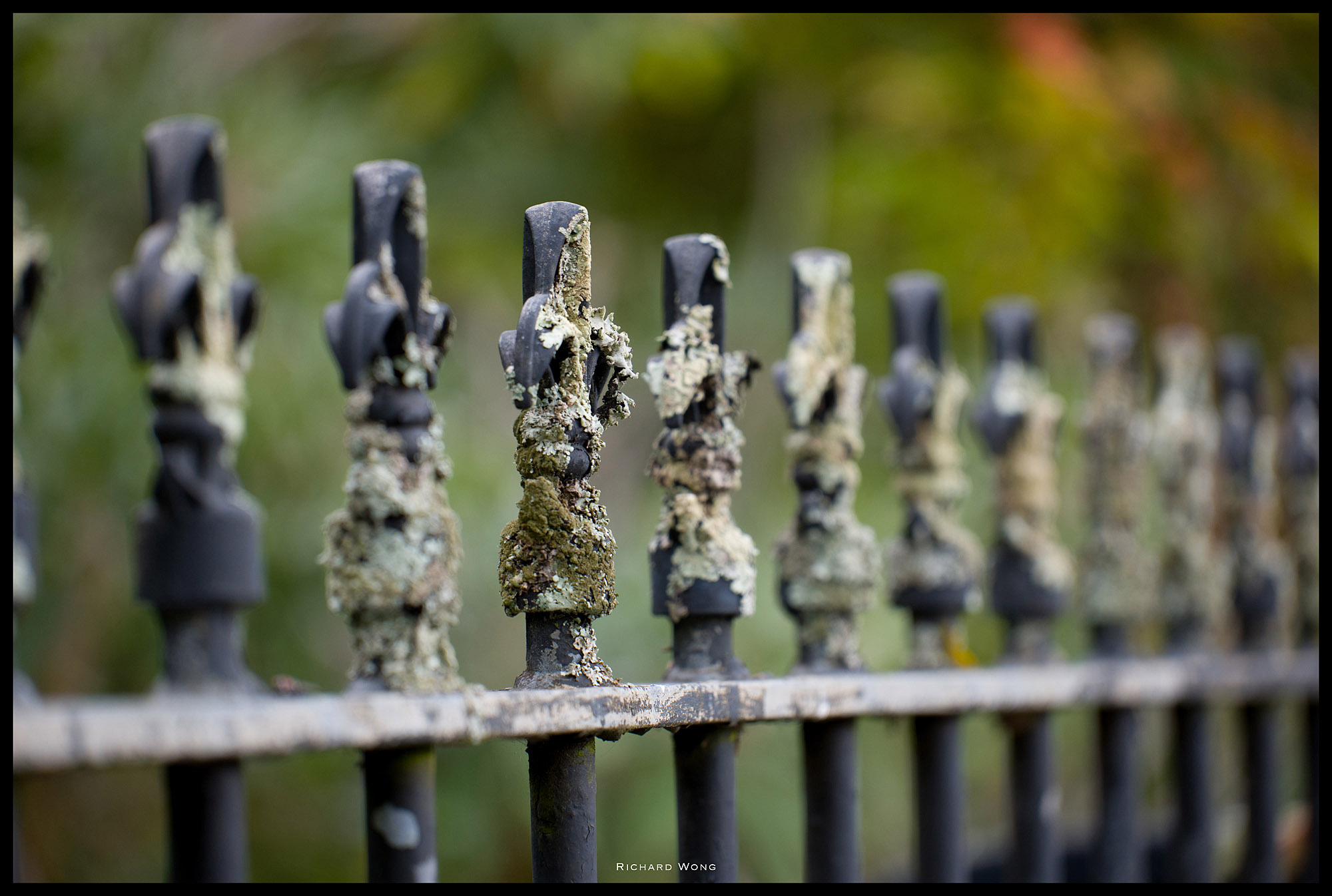 Leica CL | Leica Apo-Vario-Elmar-TL 1:3.5-4.5 / 55-135mm ASPH. | ISO 250 f/4.5 1/250s
Leica CL | Leica Apo-Vario-Elmar-TL 1:3.5-4.5 / 55-135mm ASPH. | ISO 250 f/4.5 1/250s
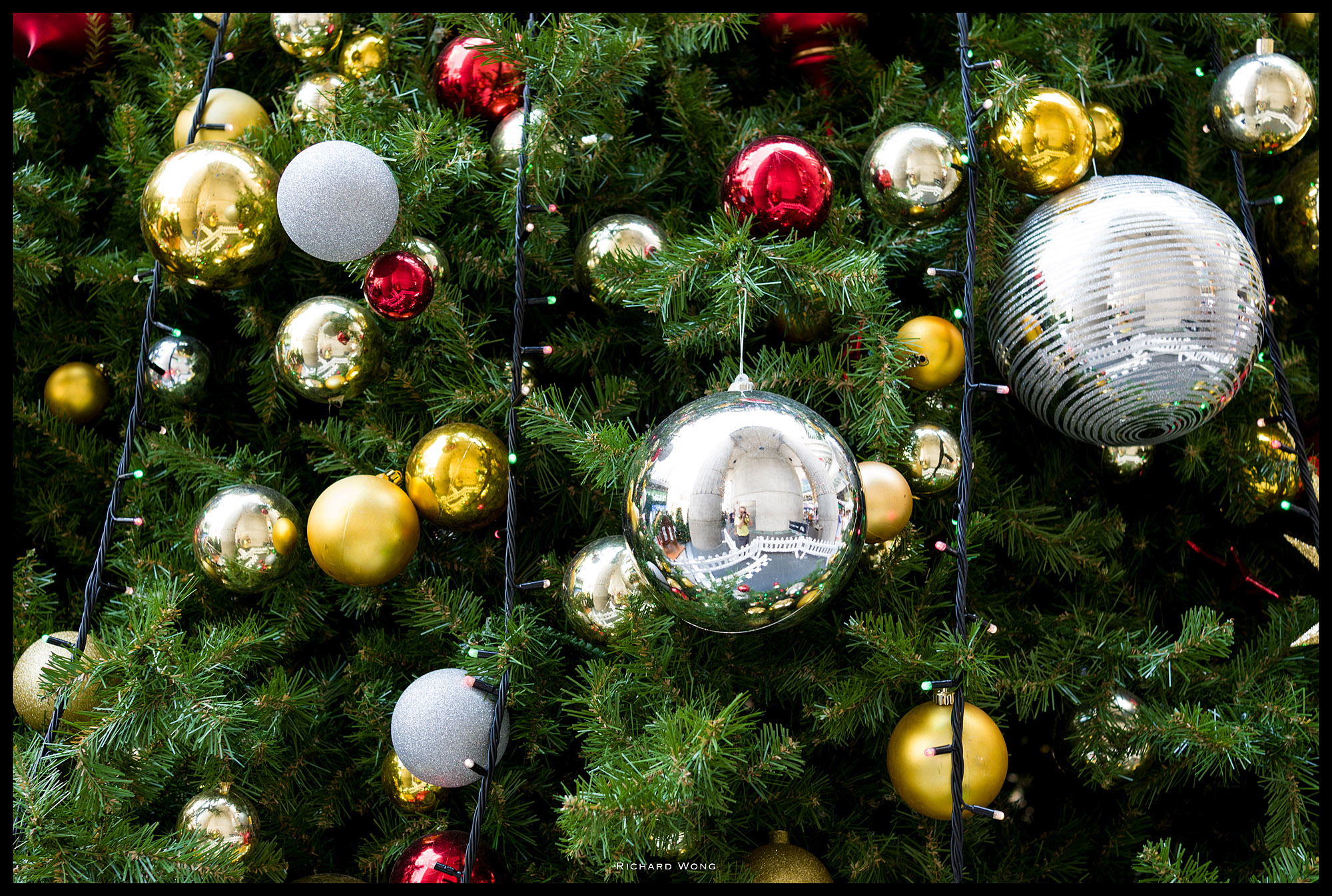 Leica CL | Leica Summilux TL 35mm f/1.4 ASPH | ISO 160 f/3.2 1/60s
Leica CL | Leica Summilux TL 35mm f/1.4 ASPH | ISO 160 f/3.2 1/60s
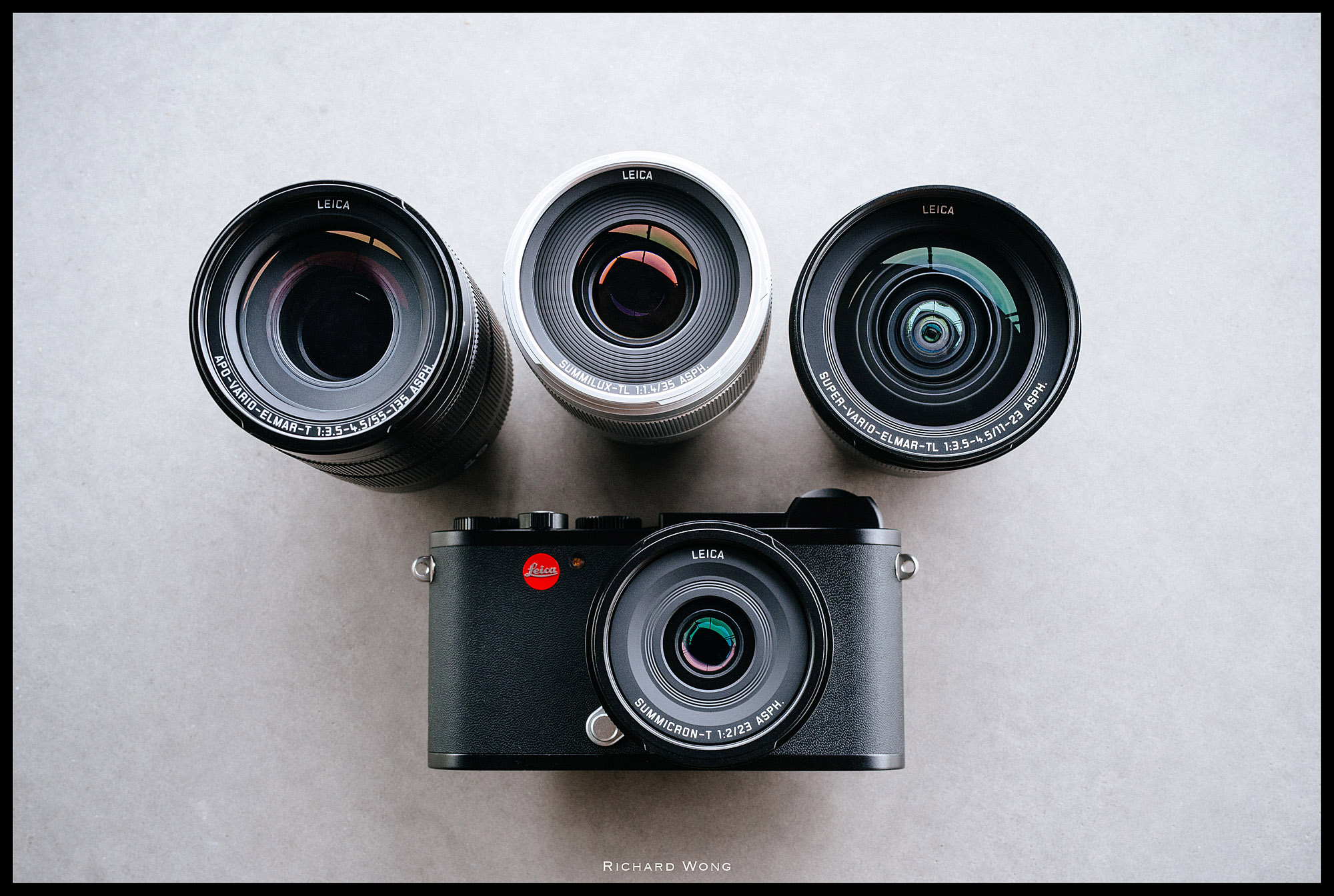
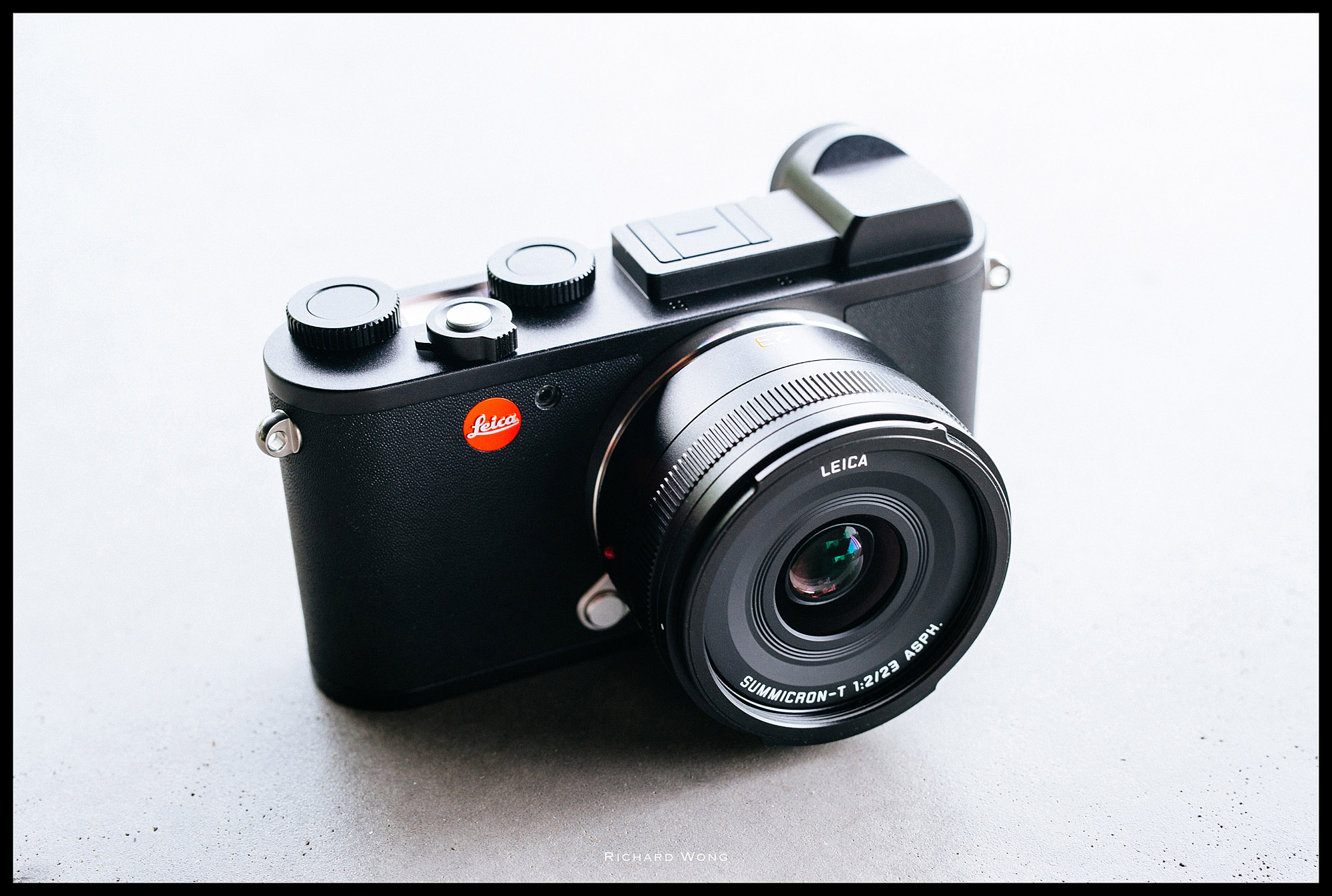

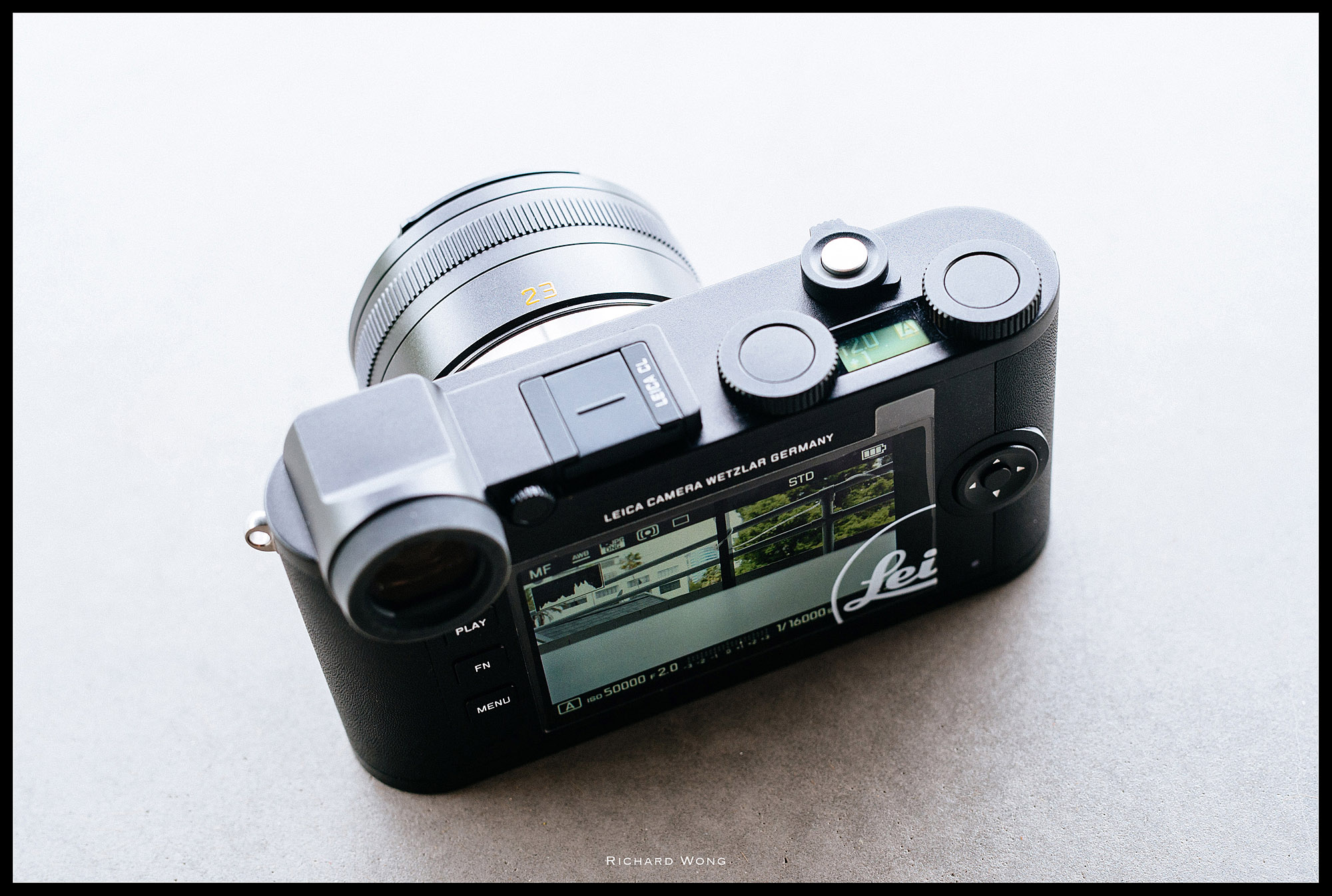
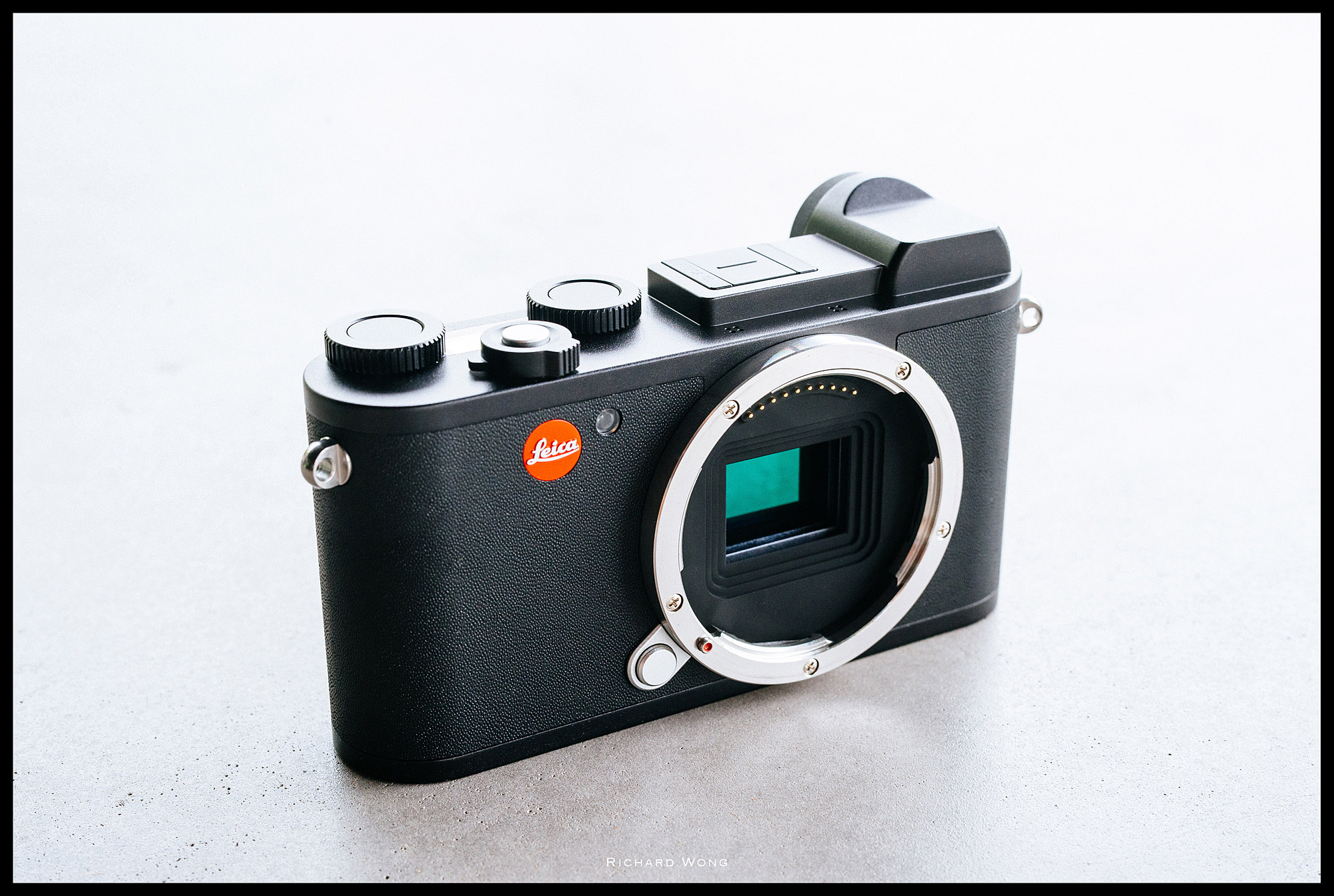






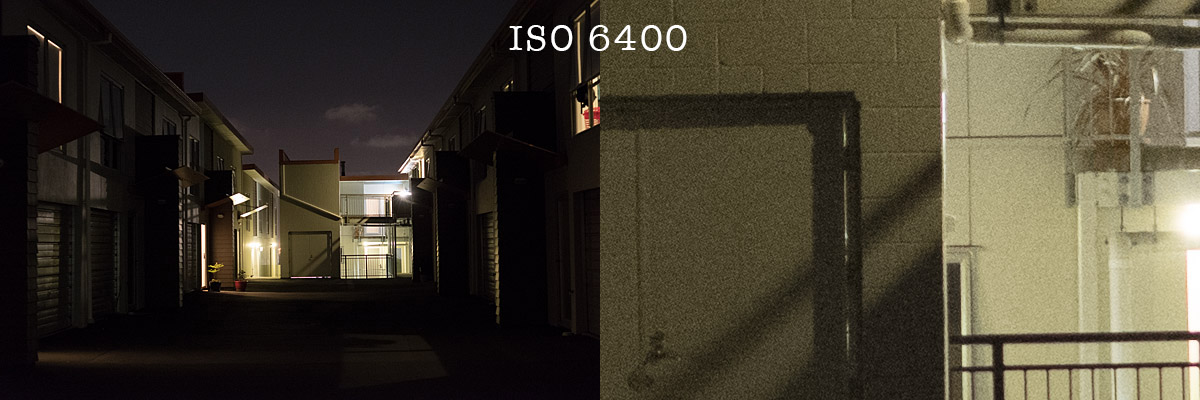
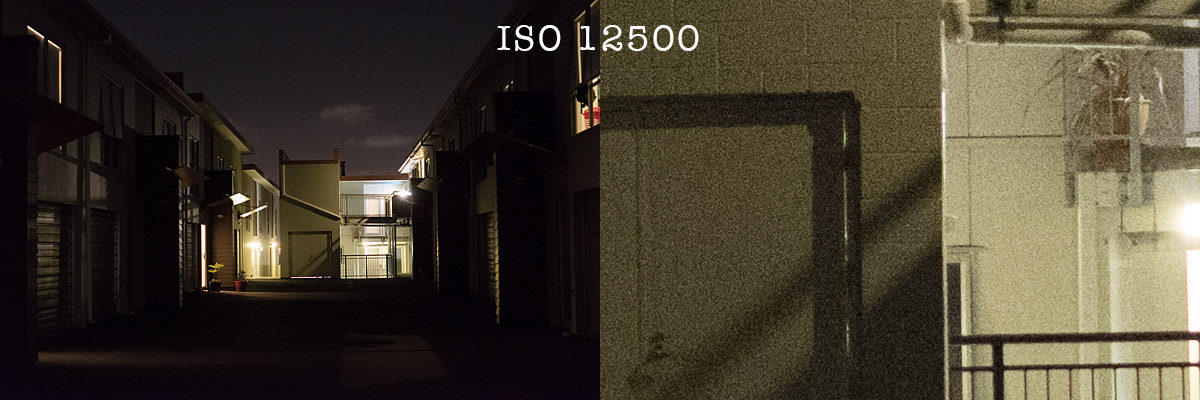

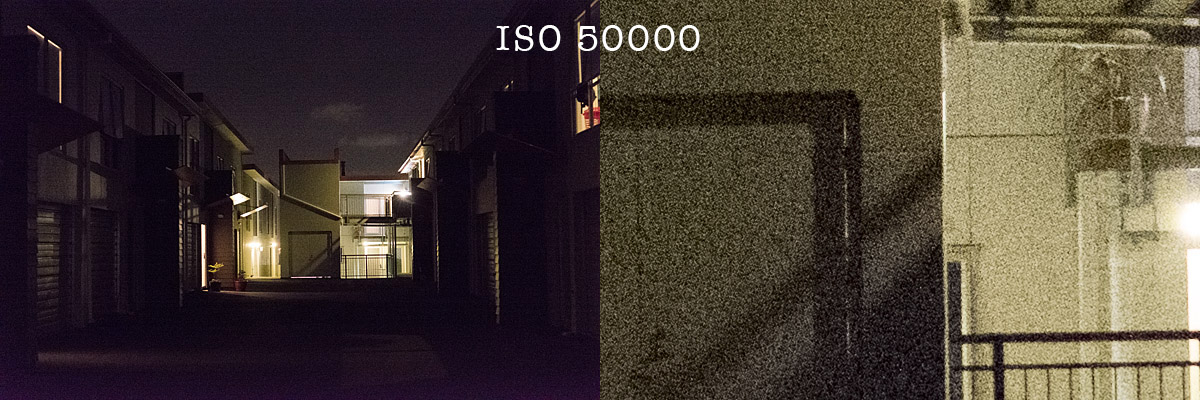

Comments are closed.